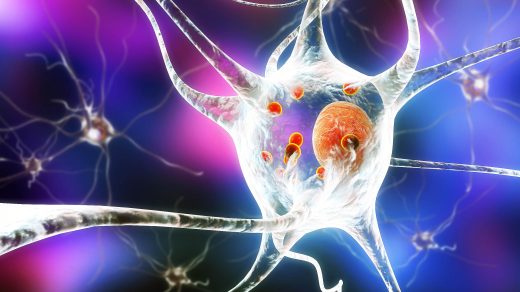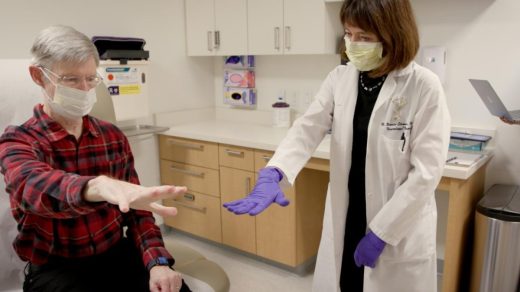
April is Parkinson’s Awareness Month and, according to the Parkinson’s Foundation, nearly 90,000 people in the US are diagnosed with this disease every year.
Parkinson’s disease affects the central nervous system, and it’s the second-most common neurodegenerative disorder in the US, behind Alzheimer’s disease.
This disease causes people to have increasing difficulty controlling their bodies. Because many early symptoms may be subtle and not specific to one disease, health officials believe many people are living with this illness without knowing it.
Dr. Sanjeet Grewal with the Mayo Clinic said, “We actually lose about 80 to 90% of our cells — these cells, what we call dopaminergic cells, uh — before we even notice the symptoms of this disease.”
Grewal says that one of the earliest signs can be a slight tremor or shakiness, sometimes in your thumb, index finger or chin.
“One thing that’s important to know with Parkinson’s is often it’s asymmetric, which means it starts, uh, with symptoms on one side and then can develop to having symptoms on both sides,” Grewal says.
In addition, other warning signs include:
- Stiffness
- Difficulty with movement
- Freezing of gait, where a person has a hard time starting to walk
- Becoming expressionless, where the person’s face can no longer show emotions
- Speech becoming softer
- Writing starting to look smaller
There may be a sleep disorder that develops, Grewal says, “Where patients will start acting out their dreams and they’ll start to get very, very physical in their dreams.”
Grewal says patients may also:
- Develop a stooped posture like they’re leaning forward
- Have blood pressure issues
- Have a persistent loss of the sense of smell
- Experience dizziness when standing up
- Experience constipation
“If we can catch it early, we can treat it early,” Grewal says.
Right now, there’s no cure for Parkinson’s disease, but Grewal says aerobic exercise may slow down the onset of symptoms and improve quality of life.
The National Institutes of Health say that there are certain risk factors that make it more likely for a person to develop the disease, including if there’s a family history, if the person is 60 or older, or if they were exposed to some environmental factors like certain pesticides or experienced head trauma. Men are also more likely to have this disease as well.



